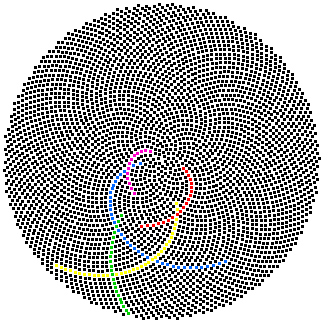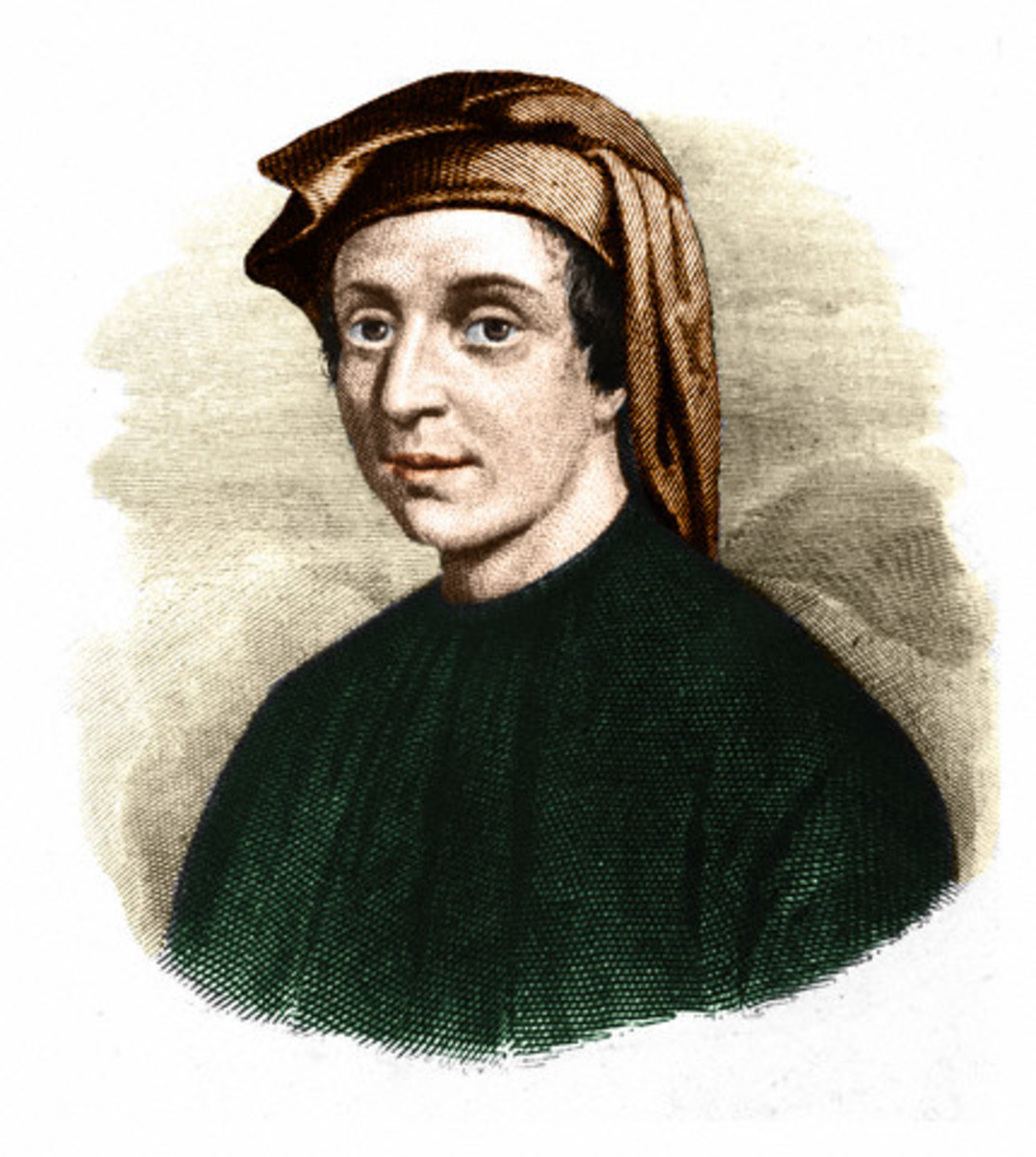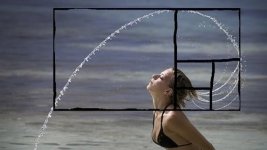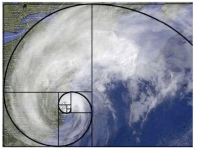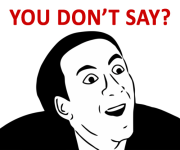nutnspecial
10 MW
I've recently been interested with numbers. I know I know, that sounds retarded.
Anyway, I have limited experience (pretty much none) with finding probabilities, so I'm searching for the approximate probability of this sequence. Note that over 50% repeat.
The best way to imagine generation of this is to roll a 9 sided die for each number.
6 9 9 9 3 5 8 4 4 2 1 3 7 6 6 1 8 5 4 8 8 7 7 4 4 8 9 9 4
This is actually a real world number I pulled from what I consider a very random source.
Thanks!
//PS: to pique interest here is another. additional trend, identicle random source.
1 5 5 2 2 2 1 1 2 8 2 7 8 2 4 1 6 1 8 6 7
about 1/3 turned up in sequence which is still high,
but the main imbalance I noticed was too many 1's and 2's, the ratio in average number appearance seems way off.
So there are 6 doubles and 1 triple in 29 chances, and 2 doubles 1 triple in 21 chances
Much harder to figure is when they turn up in a sequence, like 3 doubles in a row. I'm not even sure how to start figuring that.
Anyway, I have limited experience (pretty much none) with finding probabilities, so I'm searching for the approximate probability of this sequence. Note that over 50% repeat.
The best way to imagine generation of this is to roll a 9 sided die for each number.
6 9 9 9 3 5 8 4 4 2 1 3 7 6 6 1 8 5 4 8 8 7 7 4 4 8 9 9 4
This is actually a real world number I pulled from what I consider a very random source.
Thanks!
//PS: to pique interest here is another. additional trend, identicle random source.
1 5 5 2 2 2 1 1 2 8 2 7 8 2 4 1 6 1 8 6 7
about 1/3 turned up in sequence which is still high,
but the main imbalance I noticed was too many 1's and 2's, the ratio in average number appearance seems way off.
So there are 6 doubles and 1 triple in 29 chances, and 2 doubles 1 triple in 21 chances
Much harder to figure is when they turn up in a sequence, like 3 doubles in a row. I'm not even sure how to start figuring that.


